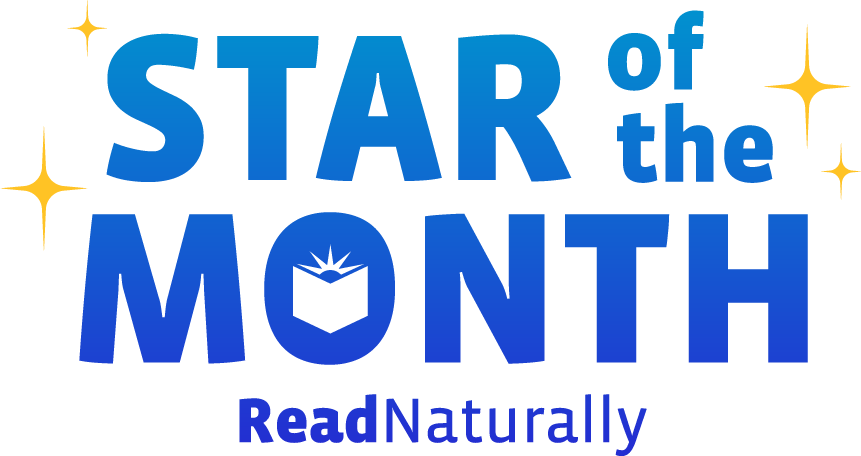Every year around this time, we like to provide educators with resources to help their students combat the Summer Slide in reading. This year, students are also facing a potential “COVID Slide” due to the extended disruption of typical classroom learning. The collision of the COVID Slide into the Summer Slide might sound like, well… a bit of a disaster. Thankfully, it doesn’t have to be.
Read more What day is it again? Is it still April? All I know for sure is that the novelty of distance learning officially wore off weeks (or has it been months?) ago. Many of us are struggling to give structure to days that feel endless. Our children are looking to us for guidance, which feels a bit like the blind leading the blind. Nobody knows quite how to navigate our new reality.
Read more Distance learning is a challenging new reality for most of us. You and your students likely need extra support during this time, and Read Naturally is here to help. Many of our solutions can be effectively implemented at home to ensure your students continue to make progress in reading.
Read more As a web-based program, Read Live is ideally suited for use in a distance learning model. Of course, nothing can replace the learning that happens when students interact personally with their teacher. However, there are times when distance learning is the best, or only, option.
Read more Unexpected school closures are difficult for educators, parents, and students. It’s especially stressful under the rapidly developing COVID-19 situation. We understand the difficulty you’re facing, and we are available to support you however we can. Read Live does allow for students to continue working outside of school. You can enter parents as Read Live Assistants allowing them to conduct timings, choose remedial actions, and pass stories.
Read more At Read Naturally, we believe all educators should have access to free, high-quality training in our programs—and in reading instruction in general. This is why we offer several free webinars every year, covering a range of topics from fluency research to specific program tips. Educators are invited to be live participants at these webinars as they occur; otherwise, recordings can be accessed anytime in the Knowledgebase section of our website.
Read more Winter break is a couple days away. It’s almost time to celebrate! Before you release your students to make mischief, merriment and hopefully lots of hot chocolate, we urge you to ask them just one question: “Who will read with you over break?”
Read more Research tells us that in order to become fluent, students need to learn to decode unknown words accurately and automatically. An understanding of phonics is what makes this possible. Earlier this year, we explained how our QPS diagnostic phonics assessment can quickly and easily alert you to students who need additional phonics support. Last month, we highlighted our popular GATE for phonics program, which is an ideal phonics intervention for small groups of early readers. But what if you’re looking for a phonics intervention that students of all ages can use mostly independently?
Read more An American Public Media documentary that went viral last year makes the strong argument that better phonics instruction will greatly improve our nation’s literacy statistics. According to the report, entitled, Hard Words: Why aren’t kids being taught to read?: “[A] big takeaway from decades of scientific research is that, while we use our eyes to read, the starting point for reading is sound. What a child must do to become a reader is to figure out how the words she hears and knows how to say connect to the letters on the page. Writing is a code humans invented to represent speech sounds. Kids have to crack that code to become readers.” In order to crack the code, children need to learn how letters represent speech sounds. In other words, they need to understand phonics.
Read more If your students have been properly trained in the Read Naturally program, and if you’ve checked their initial placement (Encore or Read Naturally Live), you’re now entering the sweet spot of a Read Naturally intervention. This is when your students’ progress and confidence will really start to soar. You now have the important task of monitoring their performance to accelerate learning.
Read more  Share your student’s success story—nominate him or her for our Star of the Month award. Win a Barnes & Noble gift card for the student and a Read Naturally gift certificate for your class!
Share your student’s success story—nominate him or her for our Star of the Month award. Win a Barnes & Noble gift card for the student and a Read Naturally gift certificate for your class!